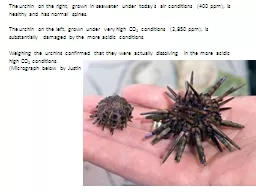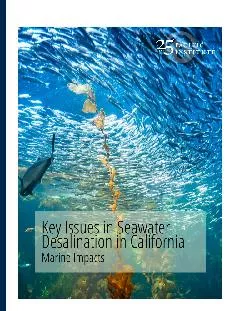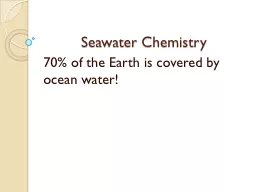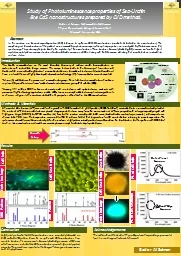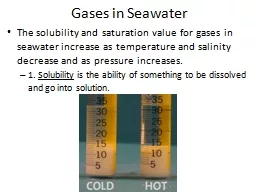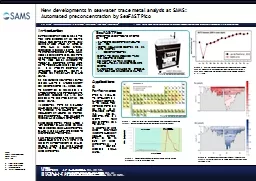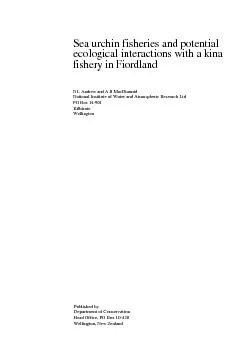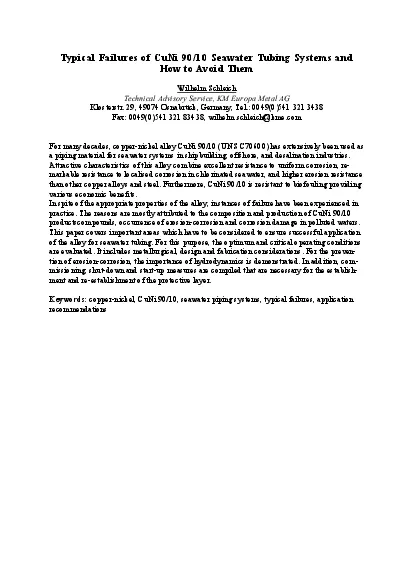PPT-The urchin on the right, grown in seawater under today's ai
Author : pasty-toler | Published Date : 2016-06-24
ppm is healthy and has normal spines The urchin on the left grown under very high CO 2 conditions 2850 ppm is substantially damaged by the more acidic conditions
Presentation Embed Code
Download Presentation
Download Presentation The PPT/PDF document "The urchin on the right, grown in seawat..." is the property of its rightful owner. Permission is granted to download and print the materials on this website for personal, non-commercial use only, and to display it on your personal computer provided you do not modify the materials and that you retain all copyright notices contained in the materials. By downloading content from our website, you accept the terms of this agreement.
The urchin on the right, grown in seawater under today's ai: Transcript
Download Rules Of Document
"The urchin on the right, grown in seawater under today's ai"The content belongs to its owner. You may download and print it for personal use, without modification, and keep all copyright notices. By downloading, you agree to these terms.
Related Documents

